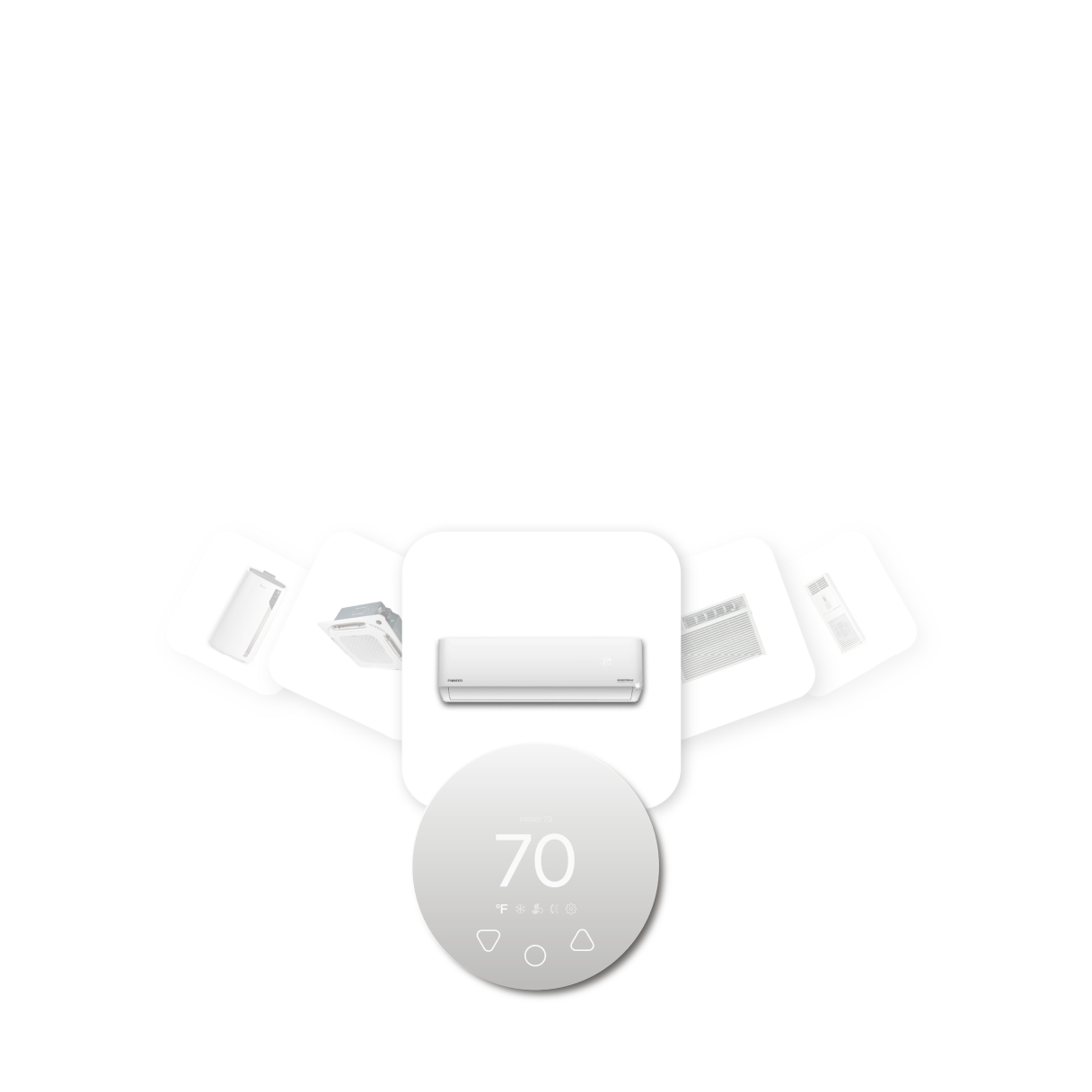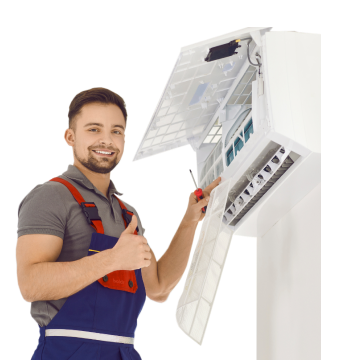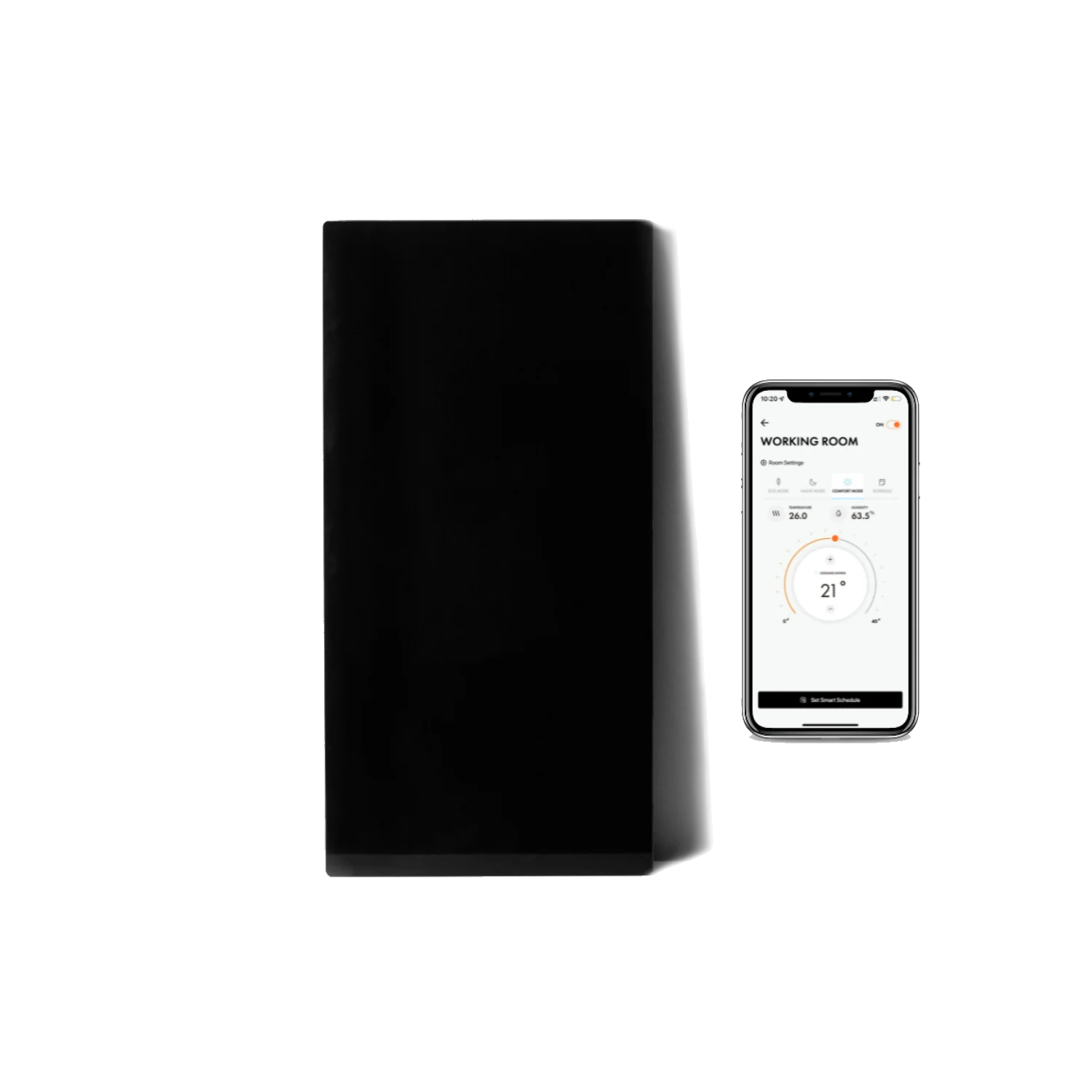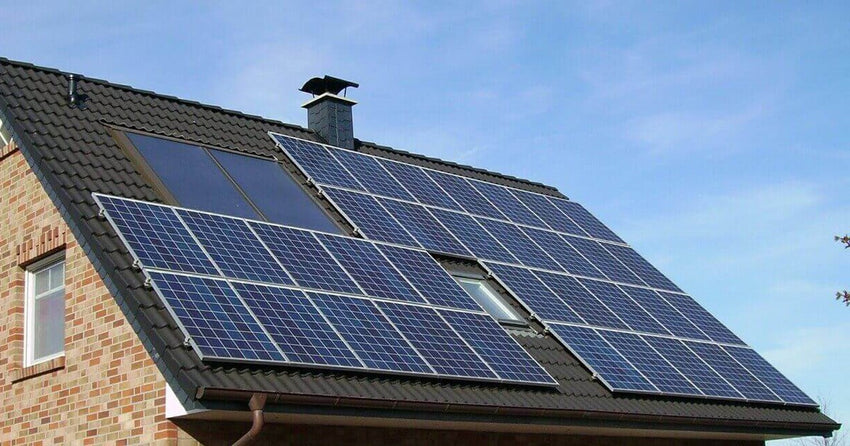
Infrared heating is free after installation if we power it using solar PV. With a great return on investment, it’s a natural match and the logical evolution of the household PV industry.
Infrared heating panels deliver heat via infrared directly to the room occupants, walls, furniture, which is an entirely different experience to traditional convection heating. Infrared heating allows users to turn down their thermostat and experience the same level of comfort as they normally would at a higher setting with a traditional heater. Turning down the thermostat without compromising on comfort allows you to save on overall energy bills.
An opportunity for households with solar.
It’s great to install solar panels on the roof of a house- it’s an excellent investment for the householder, has easy and proven technology, and has a significant impact on carbon emission reduction.
However, most households with solar panels don’t use the majority of the electricity that they generate on their roof. Some people programme the washing cycle during the day or use an intelligent immersion heater if they have a hot water cylinder, but the vast majority use only a small fraction of what they generate in the summer and even in winter, not all of it, as they are out at work when the sun is shining and the system generating.
It’s time for batteries.
Battery technology has evolved rapidly, so manufacturers now offer ‘plug-and-play’ systems that any sparky can install without any knowledge of battery technology. Solar manufacturers’ software designs the system, including panels, battery and inverter, and the installers fix it all according to the manufacturer's instructions and building regulations.
Batteries are cheaper and lighter than they were even a year ago. With the end of Feed in Tariffs, the financial sweet spot for solar PV now generally includes a battery so that a system charges the battery during the day, and the household then uses the electricity at night rather than paying for electricity from the national grid.
Reduce gas heating bills with a Kelvin heater or two
Lights and home entertainment generally won’t fully utilise a 3.6kW solar system with battery storage, but an infrared heating radiator can put your excess generated electricity to good use, to have a massive impact on your heating bills.
Infrared heating quickly and efficiently brings the room up to the desired temperature, so your boiler doesn’t work so hard. A household will enjoy better comfort, better air quality and lower gas bills. A single infrared radiator in the main living room would heat the room quickly using the electricity from the battery with 100% efficiency. The improved quality of heat from the infrared panel means that the thermostat can be turned down.
Kelvin - cost effective, smart electric heater
30% more cost effective than traditional heaters Smart functions to automate home climate Control remotely Maintenance Free Easy 5 minute installation
Try Now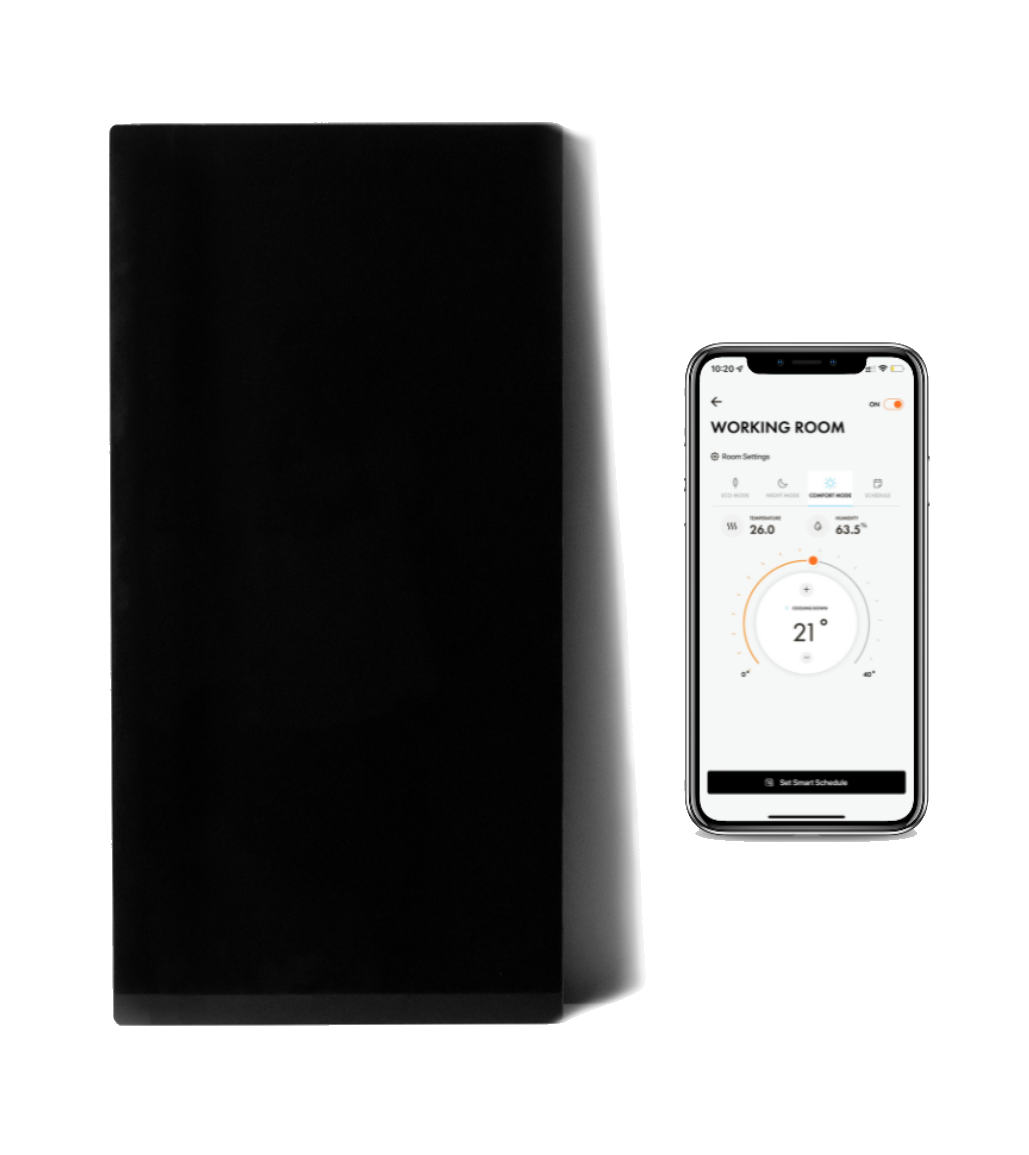
Bedroom comfort with infrared radiators
Footsteps in the night are typical in many households, as someone nips downstairs to turn the boiler on because they feel cold in their bedroom. Whilst they feel cold, everyone else may be OK or even too hot, leading them to adjust thermostatic radiator valves, which are slow to respond, and then need readjusting again in the morning. To make one bedroom more comfortable, you don’t need to spend gas heating the lounge and kitchen whilst everyone sleeps.
Alternatively, an infrared radiator can be installed in each of the bedrooms so that when the gas central heating is switched off at 9 pm, each person can turn on their infrared panel to suit their own comfort, using solar electricity from the battery. In addition, battery control can let the occupants know when the battery is drained so that they can switch off the panels to avoid using electricity from the grid.
Dry out your bathroom, an unheated utility space, or a cellar.
Infrared radiators can be programmed to come on when the battery is full. Then, instead of losing electricity to the grid, the electricity is turned efficiently into heat. For example, the infrared panel could be installed in the main living area, helping to provide background heat and dry out the house. It could be installed in a bathroom with a high risk of condensation and mould when warm moist air touches cold exterior walls or even in a damp basement.
Free heating for the whole house
Infrared radiators are 100% efficient, and even winter sun on a 3.6kW solar array will charge a battery sufficiently to heat an average semi-detached house. Infrared radiators can be individually programmed or coordinated using a phone app to optimise their energy consumption. Installation is very straightforward, and there is little or no maintenance required. The infrared radiator heats a room using radiation rather than convection to achieve the same comfort level with a lower thermostat temperature. So, solar panels with a battery are a natural fit with whole-house infrared heating for a house that is eco-friendly, comfortable and cheap to run.
New houses with high levels of insulation
Even the smallest boiler available is oversized for most new houses because they have high levels of insulation, and therefore the boiler runs inefficiently. In addition, the pipework carrying hot water and the radiators become a problem for overheating as they leak heat and are slow to respond. This infrastructure is unnecessary, time-consuming, and costly, even with small-bore pipes. Infrared heating radiators avoid all of that because they are light and installed with an electric supply only. With the high installation levels, it is even more likely that the solar array on the roof will be more than sufficient to power the whole house using a battery to ensure free heating available at any time of night or day.
Will it affect my Feed in Tariff?
If you had solar panels installed when Feed Tariffs were available, you might know that they are calculated based on the assumption that you export 50% of what you generate. So whether you use 10% or 90% of the electricity you generate, you will still receive payment for 50% of what your system generates.
Solar house heating package
Householders often install one or two infrared radiators in the main living areas or the main bedroom. Enjoying the comfort and reduction in their bills. They add rooms to progress to a whole-house approach. Infrared has the flexibility to build up a system, but there are obvious efficiencies in installing a complete system.
More installation companies are offering a solar house heating package with a solar array on the roof, a battery and infrared radiators. The old heating system can be left in place as a backup to reduce disruption and cost to the customer. Some customers may remove their old system later or dismantle it themselves once they’ve experienced an entire year or two using only their solar-powered infrared heating system.





